What is a dead leg?
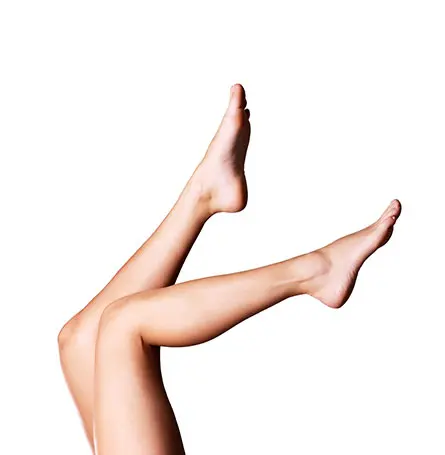
A dead leg, also known as a “charley horse” or “dead arm” when referring to the upper extremity, typically occurs due to an injury to the leg, often caused by a direct blow to the thigh. When an injury like this occurs, it can lead to a deadened sensation in the affected area, hence the term “dead leg.” Let's delve into the symptoms of a dead leg and why it becomes more noticeable at night:
Symptoms of a Dead Leg:
- Numbness: The affected leg may feel numb as if it's not part of your body.
- Tingling: You might experience a tingling sensation, like pins and needles, in the injured thigh.
- Weakness: The leg can feel weak and difficult to move or support your weight properly.
- Loss of sensation: You may have trouble feeling touch or pressure in the affected area.
- Pain: In some cases, you may also experience pain or discomfort alongside the numbness.
What causes a dead leg?
Ever wondered what's behind that annoying “dead leg” you get when you take a nasty hit or bump to your thigh? Well, it's usually the result of a direct impact, like when you're playing sports and someone's knee finds your thigh, or maybe you took a tumble and your thigh met the ground a bit too forcefully.
That direct impact messes with the muscle tissue in your thigh, especially the Quadriceps (hence – why we often refer to this notion as quadriceps contusion or even thigh contusion), those big muscles up front, and in some cases, it can even affect the bone tissue hiding underneath.
So, here's the deal: when you get hit, your thigh muscles, with all the muscle fibres, can go through some trauma, with tiny tears, bleeding, and inflammation. This isn't a pleasant experience; it's like your thigh's screaming, “Ouch!” The pain is immediate, and you might even feel a bit numb right there.
The worse the hit, the more you'll notice that dead leg sensation, which includes numbness, tingling, and weakness. As your body gets to work fixing up those damaged muscles and tissues, you'll start to feel like your thigh is playing the “sleeping beauty” routine. It can take a while to get back to normal, so be patient.
Why a dead leg becomes more noticeable at night?
A dead leg can become more noticeable at night for several reasons:
- Blood Flow and Circulation: When you're active during the day, your circulatory system efficiently pumps blood throughout your body, including the injured leg. This constant circulation helps maintain optimal oxygen and nutrient levels in the tissues. However, at night, when you're at rest, blood flow tends to slow down. This reduced blood circulation can intensify the sensation of a dead leg because the injured area receives less oxygen and nutrients, leading to numbness and discomfort.
- Pressure Points: Your body's weight, along with the way you position your legs when lying down, can create pressure points on the injured leg. These pressure points can further compromise blood flow to the affected area, making the dead leg sensation more pronounced.
- Restricted Range of Motion: At night, your legs often remain in relatively fixed positions for extended periods as you sleep. This lack of movement can limit the range of motions and, in turn, the circulation in the injured leg. The more static your leg remains, the more noticeable the symptoms of a dead leg become.
- Reduced Distractions: During the day, you're engaged in various activities and are constantly on the move. These distractions can divert your attention away from the sensations in your injured leg. However, at night, when you're lying still in bed, you have fewer external distractions, allowing you to focus more on the discomfort and numbness in the injured leg.
To alleviate the discomfort of a dead leg at night, you can try various strategies and sleeping positions, which we will explore in detail in this article.
So, how to sleep with a dead leg?
Okay, now you know all about dead legs, but, what you do not know is how to sleep with them, right? Right! Don't worry, that is why we are here – to share with you all the trusted ways to get rid of the severe pain that accompanies a dead leg that troubles us at night.
Try the simple RICE regime
Sleeping with a dead leg can be a real challenge, but there are practical steps you can take to ease the discomfort and aid in the recovery process, and one of the most common methods is following the RICE regime (or rest ice compression elevation).
1. Rest: First and foremost, rest is essential to control swelling and reduce the risk of further tissue damage. Avoid putting excessive pressure on the injured thigh and try to keep it as still as possible, especially when you're sleeping.
2. Ice: Applying ice to the injured area is another key component. To do this, you can use crushed ice wrapped in a damp cloth or a commercial cold pack. Apply it to the thigh for about 15-20 minutes at a time. The cold helps control swelling and numb the area, making it more bearable. However, be cautious not to apply ice directly to the skin to prevent frostbite.
3. Compression: Compression involves using an elastic bandage or compression bandage to gently wrap the injured thigh. This helps reduce swelling and supports the injured area. The compression regime reduces blood flow, which can be beneficial in controlling inflammation and providing some relief from the dead leg sensation. Just remember not to wrap it too tightly to avoid interfering with blood circulation.
4. Elevation: Elevating the injured leg can further help reduce swelling by allowing fluids to drain away from the area. While sleeping, try to prop up your leg with pillows or cushions to maintain a gentle elevation. This can also help with improving comfort when trying to sleep with a dead leg.
By following the RICE regime, you can not only make sleeping with a dead leg more manageable but also promote the healing process and reduce the risk of further injury or complications. Remember that if the discomfort persists or worsens, it's essential to consult with a healthcare professional for further guidance.
Find a good sleeping position
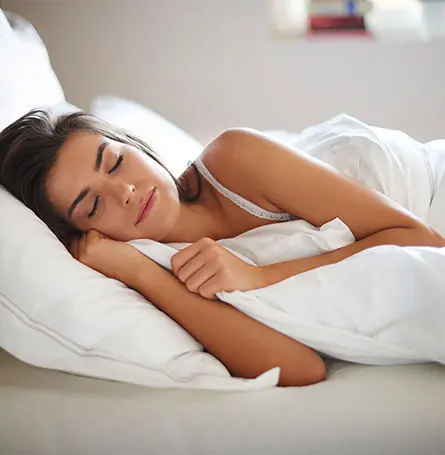
To get a restful night's sleep when dealing with a dead leg, finding the right sleep position is paramount.
Elevating the injured leg can be a game-changer. By doing so, you help blood vessels function more efficiently, reducing swelling and the associated discomfort. Using pillows or cushions to gently elevate the leg not only promotes better blood flow but can significantly reduce the pain of a dead leg.
Avoiding pressure points is equally crucial. Picking a position that doesn't put undue pressure on the injured thigh can alleviate discomfort and numbness.
Experiment with various sleeping positions, like sleeping on your back with the injured leg elevated or lying on your non-injured side with a pillow between your knees to prevent the injured leg from pressing against the other one.
Finding the most comfortable position can lead to a more pain-free and peaceful night's sleep. Remember, the goal is to optimize blood circulation while maintaining comfort. In extreme cases, you can even get an adjustable bed to keep the pressure off your leg.
Start working out SLOWLY

Incorporating a gentle strengthening and stretching program into your routine can play a significant role in helping you sleep better when dealing with a dead leg. Focusing on the Quadriceps muscle, which is often impacted by a dead leg, can help improve your leg's range of motion and overall function.
However, it's essential to start slowly and gradually increase the intensity of your exercises. Consult with a healthcare professional to ensure a correct diagnosis and receive guidance on a suitable regimen tailored to your specific condition.
A well-rounded strengthening and stretching programme can not only relieve pain but also improve your leg's function. By gradually building strength in the Quadriceps and enhancing your leg's flexibility, you'll find it easier to move and walk properly.
This can make a significant difference in your ability to sleep with a dead leg, as improved mobility and reduced discomfort will contribute to a more restful night's sleep. Remember, patience is key when starting an exercise routine for a dead leg.
Slow and steady progress is more beneficial than rushing into intensive workouts, as it minimizes the risk of further injury and ensures a more sustainable recovery.
Talk to your doctor and ask for pain medications

When it comes to sleeping with a dead leg, consulting a healthcare professional should be a priority. A doctor can provide valuable insights into your specific condition and recommend a tailored treatment plan.
They might suggest therapeutic approaches such as soft tissue massage, which can help alleviate pain and discomfort in the lower leg while improving blood flow.
Additionally, your doctor can offer guidance on suitable pain medications that may be used to manage pain and enhance your sleep quality during the recovery process.
Working closely with your healthcare provider can ensure you receive the most appropriate care and support for your dead leg. Whether it's through soft tissue massage, pain medication, or other therapeutic techniques, their guidance will contribute to reducing discomfort and allowing you to sleep more comfortably.
Remember, addressing the issue with a medical professional is a crucial step towards a more restful night's sleep and a smoother recovery process.
Conclusion
In conclusion, sleeping with a dead leg may pose its challenges, but with the right strategies and a patient approach, you can make your nights more bearable. Elevating your leg, avoiding pressure points, and consulting a healthcare professional for a tailored plan are essential steps. Incorporating gentle exercises to improve mobility and talking to your doctor about pain management options can further enhance your sleep quality.
Remember, the road to recovery from a dead leg may be gradual, but by making the necessary adjustments and seeking professional guidance, you can look forward to more peaceful and restful nights, free from the discomfort that a dead leg can bring.

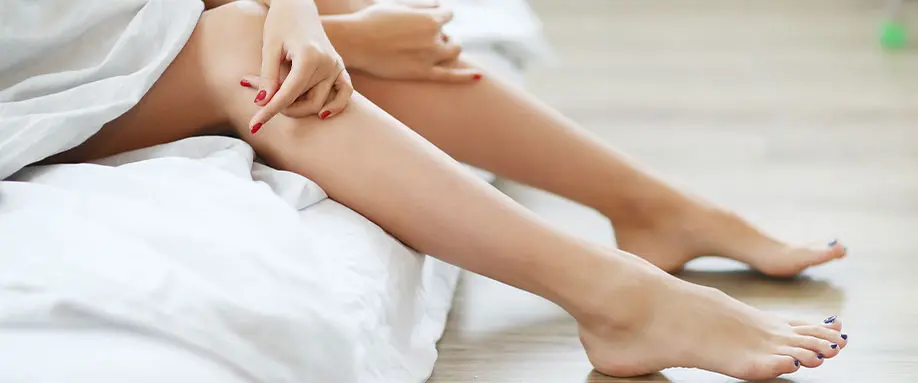




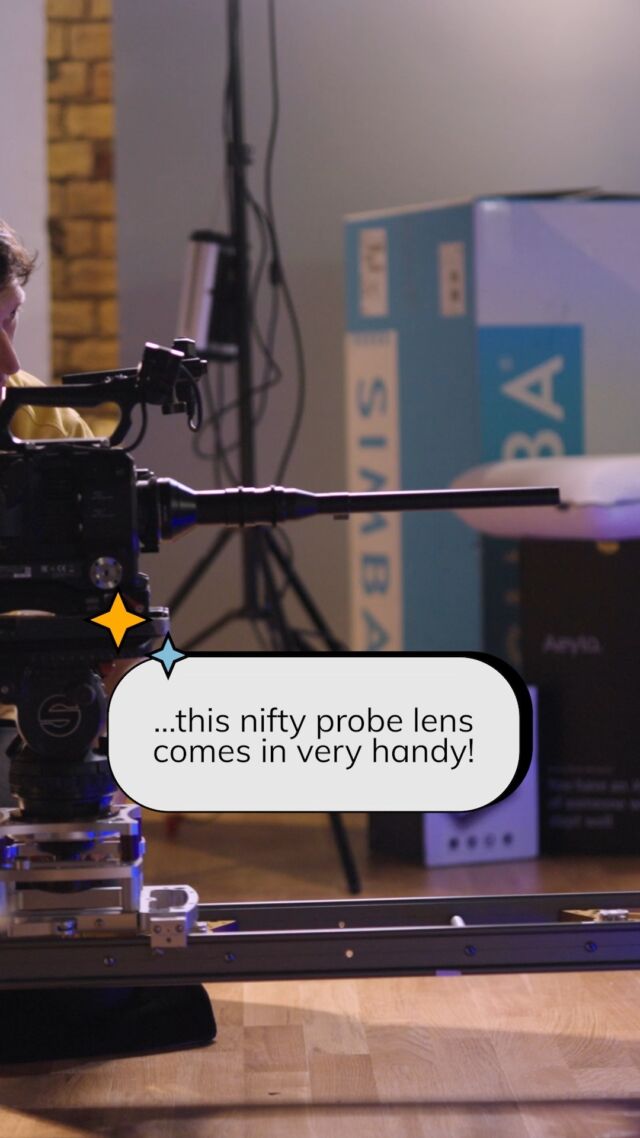



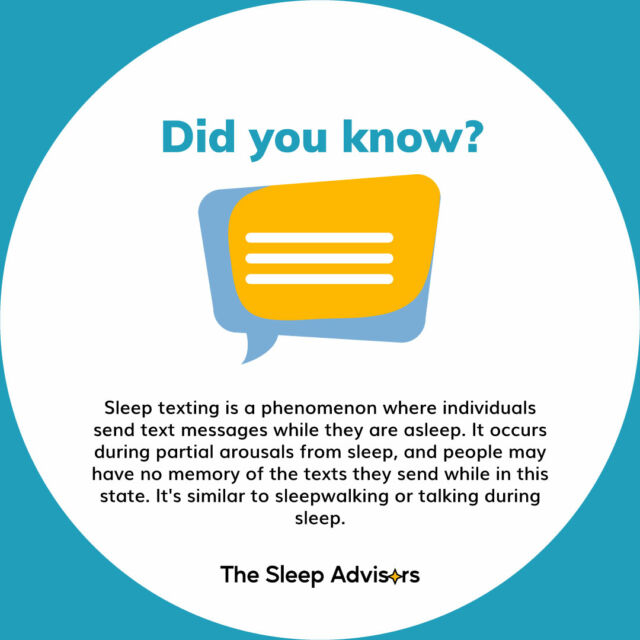
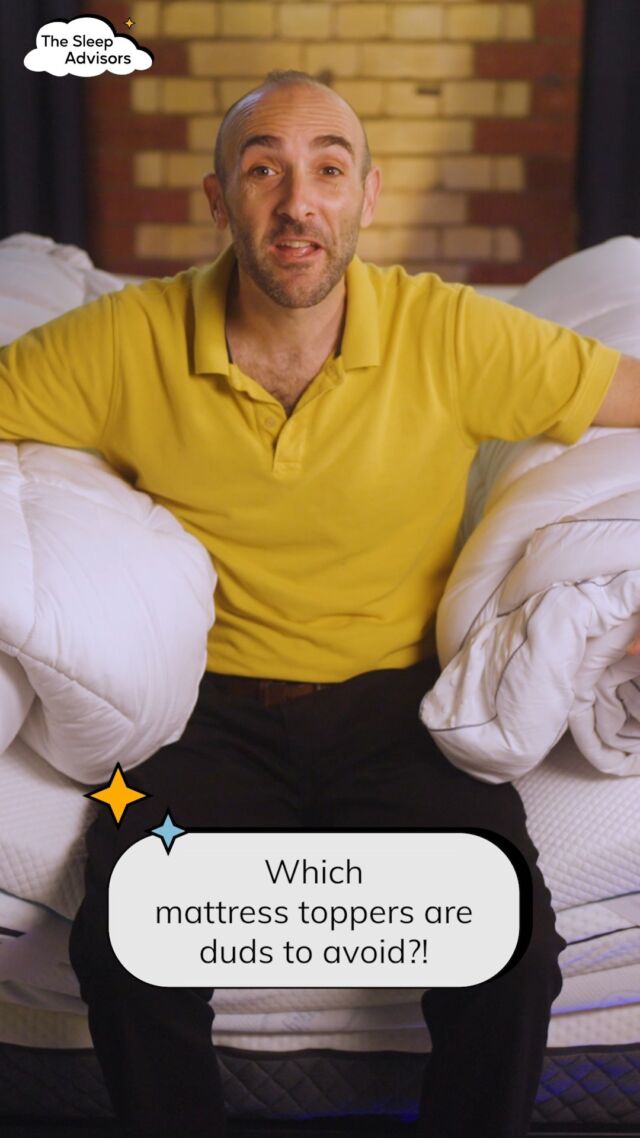

There are no comments yet
"*" indicates required fields